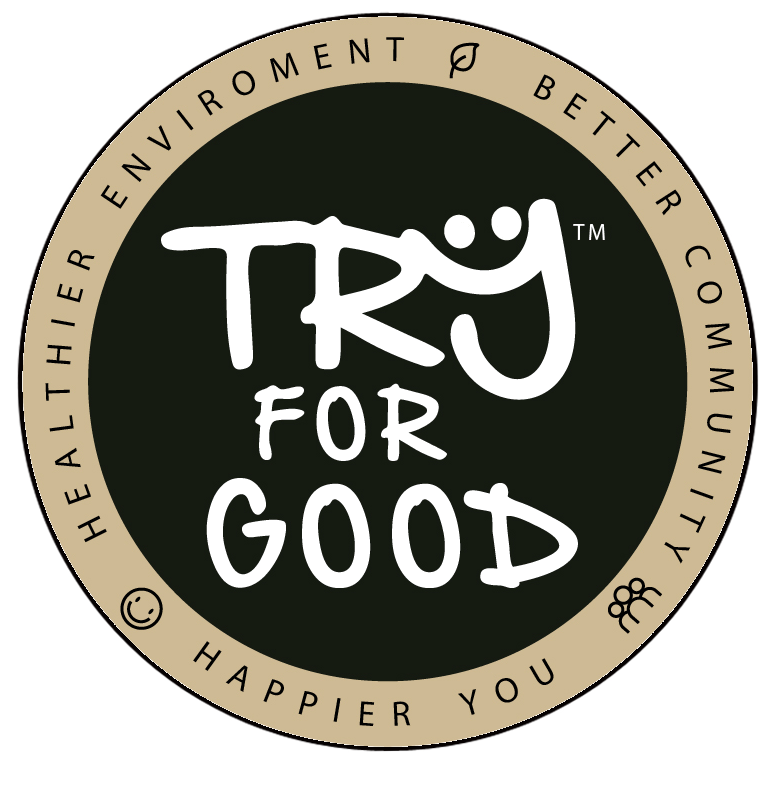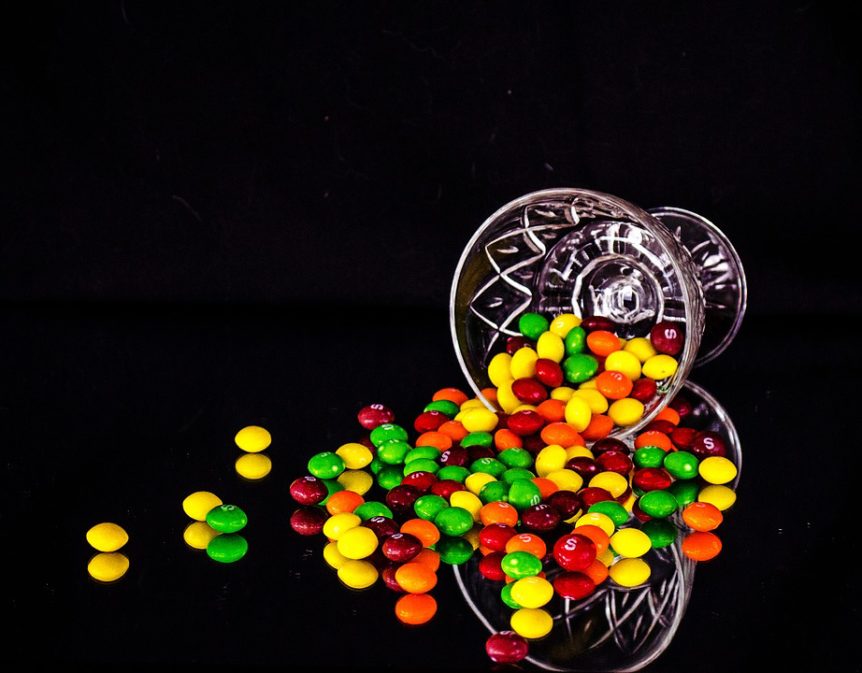Colors make food attractive and essences heighten our temptation to consume it. Food industry revolves around making newer choices and adding more temptations through sight, flavors and fragrances. But what goes beyond the looks, taste and smell is the safety for it. We are often not informed of the permissible colors, essences etc. We have to rely on the “word of mouth” mostly of we are consuming locally, or the information on the packaging which is a bit more regulated now.
Color additives are any substance, pigment or dye that gives a certain color to food or drinks when added. Fruits, spices, soft drinks, desserts, beverages are the top foods and drinks where color additives and essences are used. Essences give flavor to the flavorless foods increasing the intensity of the existing flavors such as jellies, jams and drinks.
In the industry both natural and synthetic color options are there. Natural colors are extracted from the vegetables like beetroot, seeds and algae, or minerals. They are of course healthier choices. However, the high prices, growing food demand and lesser availability of these natural colors push food manufactures to choose synthetic ones.
There are some permitted artificial colors which must be used in limits standardized by the Government, FDA (The Food and Drug Administration) and FSSAI (Food Safety and Standards Authority of India). The limit is 100 parts per million. Synthetic colors are made of chemicals like Tartrazine for yellow, carmoisine, erythrosine for red, brilliant blue for blue and indigo for green. Studies have shown that that artificial food coloring and flavoring has been linked to allergies, mood swings, hyperactivity, sleep disturbances, skin diseases, headaches and nervous disorders. Chronic or daily consumption of these colors can cause diabetes and cancer too.
As a conscious consumer, choose foods which have only permitted colors in the prescribed limits. Preferably choose natural colored foods.
Source: isebindia.com

